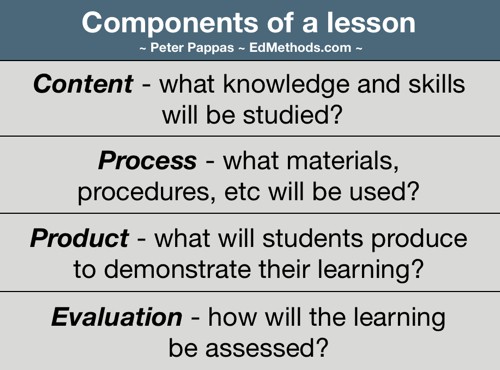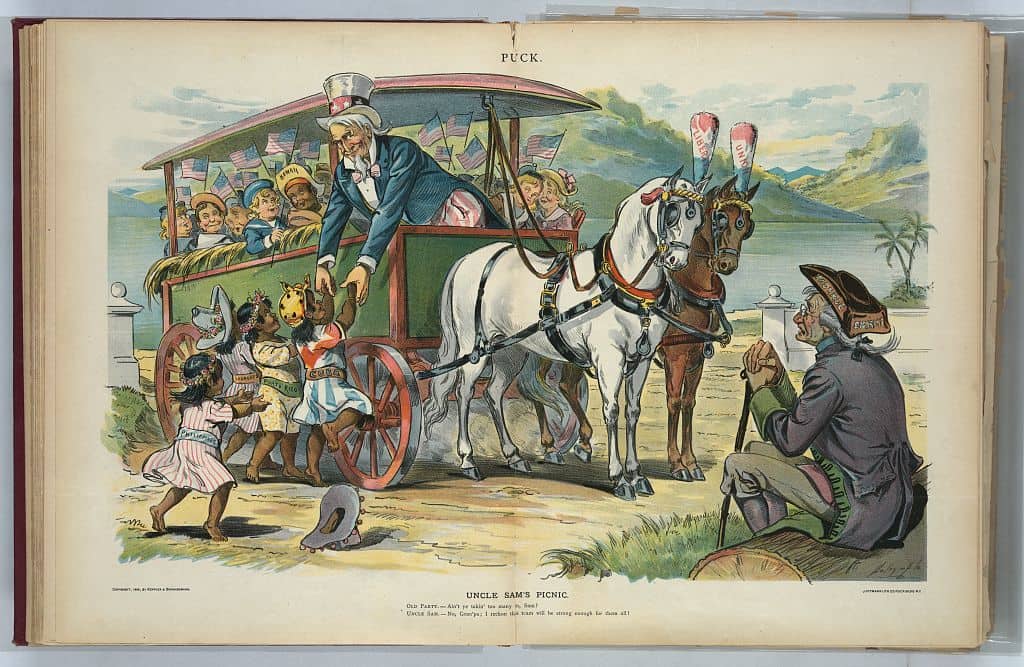Lesson study is a form of classroom inquiry in which several teachers collaboratively plan, teach, observe, revise and share the results of a single class lesson. (Learn more about the “formal” process here)
We are modifying that formal process into a simple one. Each student in the class will “teach” a 25-30 minute lesson. The rest of the class will act as participate / observers – serving as “students” during the lesson and afterwards, giving feedback to the “teacher.”
Assignment 5 – lesson Study II / blog post
Class 8 (10/22). Nicole | Nick K | Gabe
Class 9 (10/29). Jana | Nick C | Jordan
“Teachers” have prepared a lesson and written an anticipatory blog post following guidelines outlined here.
Participate / observers will use the following prompts to guide their feedback immediately following the lesson.
- Content: as a student, what were you learning – facts, skills, insights?
- Process: what did you see the teacher do to set up and deliver the lesson?
- Product: what were you, as a student, tasked to “do / produce” to demonstrate your learning?
- Assessment: as an observer, how did the lesson go? Insights on content, delivery, workflow. Suggestions?
Assignment 6 | Completed reflections here
“Teachers” will write a blog post that reflects on how your intent was realized in your delivery. Possible prompts: Did you accomplish your goals? What worked well? What didn’t? How about your timing, delivery and workflow? What did you learn from the experience?
Assignment 7
Students will begin planning their historical thinking lesson plan for inclusion in our final showcase publication. At our Nov 5 class, you should be ready to give an 3 min “elevator pitch” on your lesson idea.
This lesson should be designed for direct use by students and include:
- Introduction of the lesson with brief historic context as needed.
- Essential / generative question
- About 5 – 8 related documents (image, text, video, audio) that will assist the students in answering the generative question
- Clear statement of what students will be asked to do
- Close reading scaffolding question for each document to assist the student in examining the documents
For inspiration for turning historical documents into a lesson see:
How did Americans change their lives to support the war effort? (894KB pdf) and Re-Defining the Role of Women in Industrial America (492KB pdf)





